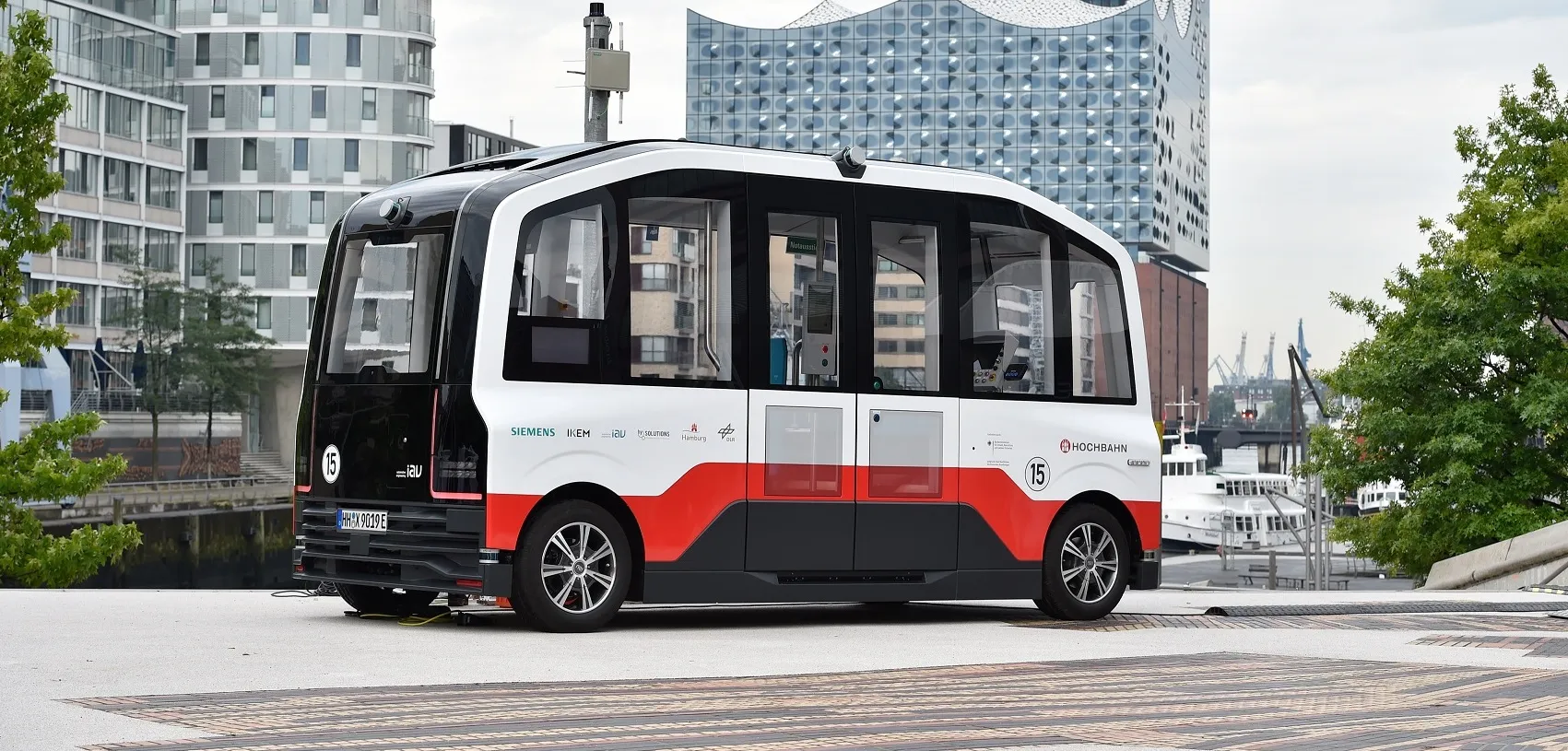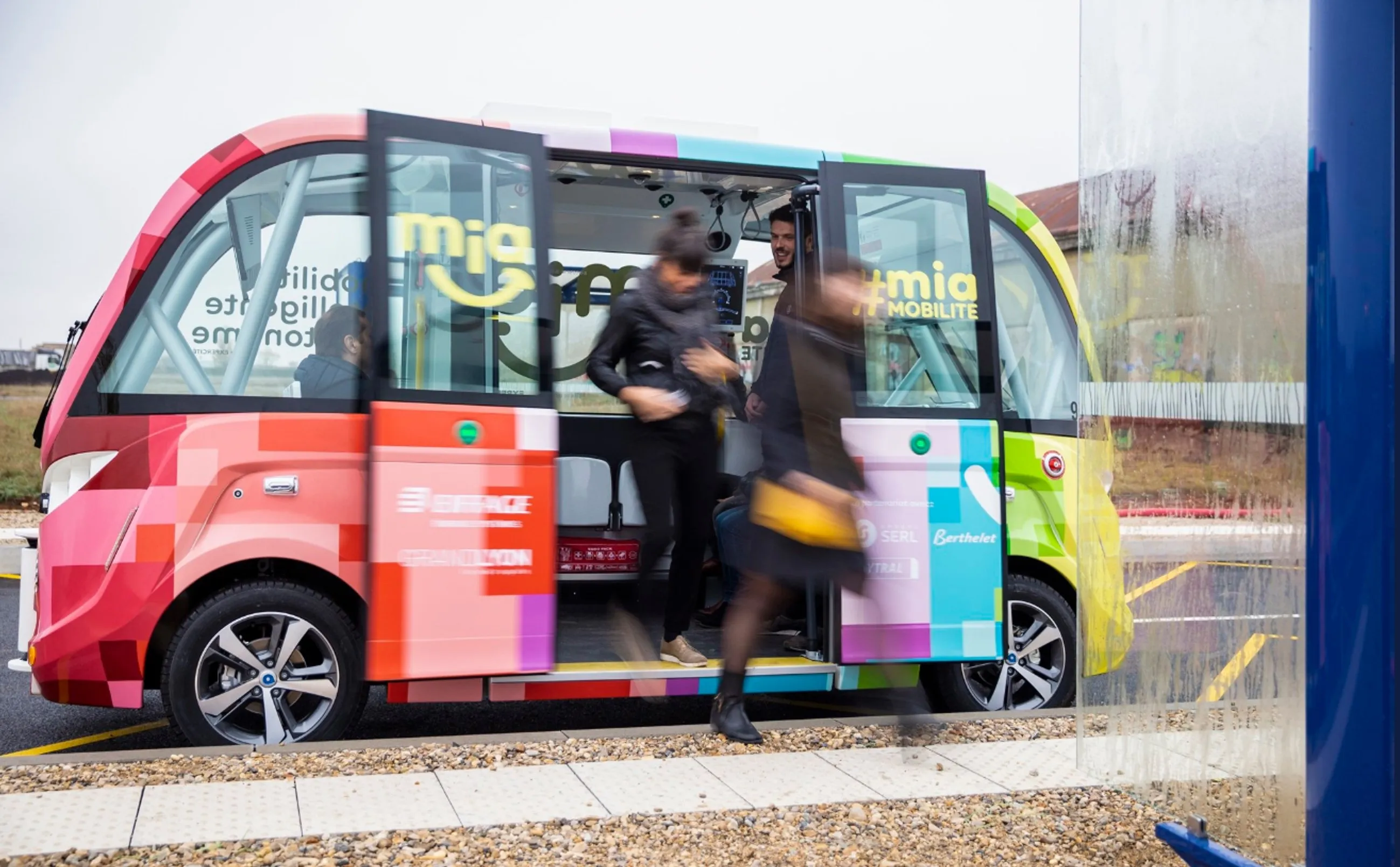French public transport operator RATP, together with Paris City Council, has launched a public demonstration of two EasyMile EZ10 driverless shuttles on the Charles de Gaulle bridge in Paris city centre.
Until 7 April, the two shuttles, which can carry twelve passengers, will operate on a dedicated lane between the Austerlitz and Gar de Lyon railway stations, guided by a combination of cameras, GPS, lasers and LiDAR (light detection and ranging) technology.
The demonstration is part of the city’s expe
February 6, 2017
Read time: 1 min
French public transport operator 4223 RATP, together with Paris City Council, has launched a public demonstration of two EasyMile EZ10 driverless shuttles on the Charles de Gaulle bridge in Paris city centre.
Until 7 April, the two shuttles, which can carry twelve passengers, will operate on a dedicated lane between the Austerlitz and Gar de Lyon railway stations, guided by a combination of cameras, GPS, lasers and LiDAR (light detection and ranging) technology.
The demonstration is part of the city’s experiment with new technologies in a bid to tackle congestion and pollution.
More routes will be added later in the year if the trial is a success.
Until 7 April, the two shuttles, which can carry twelve passengers, will operate on a dedicated lane between the Austerlitz and Gar de Lyon railway stations, guided by a combination of cameras, GPS, lasers and LiDAR (light detection and ranging) technology.
The demonstration is part of the city’s experiment with new technologies in a bid to tackle congestion and pollution.
More routes will be added later in the year if the trial is a success.










